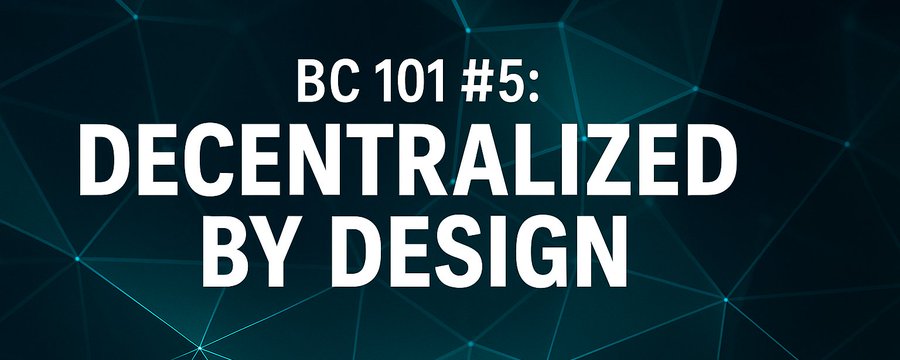https://twitter.com/aergo_io/status/1926264133994856908
In today’s crypto landscape, success is often measured by two metrics: exchange listings and token price performance. While these milestones can drive early attention, fundraising, and short-term engagement, they rarely guarantee meaningful long-term growth.
In fact, this structure often works against real innovation.
The Speculation Trap
The pressure to perform in public markets comes too early for many projects. As soon as a token is listed, price volatility becomes a distraction — if not a full-blown liability. Founders start chasing marketing campaigns instead of shipping updates. Teams stretch themselves thin juggling price optics, exchange negotiations, and community expectations, all while the original product roadmap collects dust.
This is not a bug in the system. It’s how the system was designed. Token-first strategies demand hype. Hype demands liquidity. And liquidity means listings, speculation, and the pressure to constantly “perform” for the market, often before a real product is even live.
Enter HPP: A Product-First Ecosystem
That’s where the House Party Protocol (HPP) offers a radically different approach.
HPP isn’t about launching speculative tokens or inflating valuations based on whitepapers and hype. Instead, it integrates post-VC or low-VC projects with proven traction and a shared commitment to sustainable, long-term growth.
By joining a network where the foundational infrastructure, exchange presence, and liquidity already exist, projects can skip the exhausting “token launch treadmill” and get back to what matters most: building.
Build Without the Noise
In the HPP model, speculative distractions are removed from the equation. There’s no need for immediate exchange listings or retail hype cycles. Each participating project either already has a listed token or operates without a massive VC pool waiting to be unlocked.
More importantly, token distributions within HPP follow a milestone-based vesting schedule, not arbitrary cliffs or backdoor unlocks. This ensures long-term alignment between builders, the community, and the ecosystem as a whole. There are just clear incentives to keep building.
For projects like Booost and VaaSBlock, instead of chasing token listings or short-term price spikes, they’re now focused squarely on delivering real products. They no longer need to divert resources to activities that don’t serve their core mission, freeing them to follow through on their original vision.
This is not just a technical detail. It’s a structural advantage. HPP was designed to prioritize execution over speculation, and it reflects that in its governance, partnerships, and tokenomics.
A Model for the Next Crypto Cycle
If past bull markets were driven by ICOs, airdrops, and token-fueled speculation, the next phase of crypto will be defined by something much harder to achieve: resilience, credibility, and aligned incentives. HPP is building for that future and quietly leading the way.
This is where the House Party Protocol (HPP) stands apart.
HPP isn’t just decentralized in its technology — it’s decentralized by design. From its architecture to its governance and tokenomics, everything is structured to prevent any single entity from gaining outsized control. Even the core team’s tokens are locked for years and overseen by an independent, trusted custodian. No hidden agendas. No silent insiders.
In an industry that often treats “decentralization” as a branding tool, HPP is one of the few ecosystems where it’s structurally enforced. It’s not a slogan. It’s a principle.
HPP isn’t just another Layer 2. It’s a blueprint for a more sustainable crypto economy where product, progress, and purpose matter. And in this new phase of crypto, that might be the only bet worth making.
